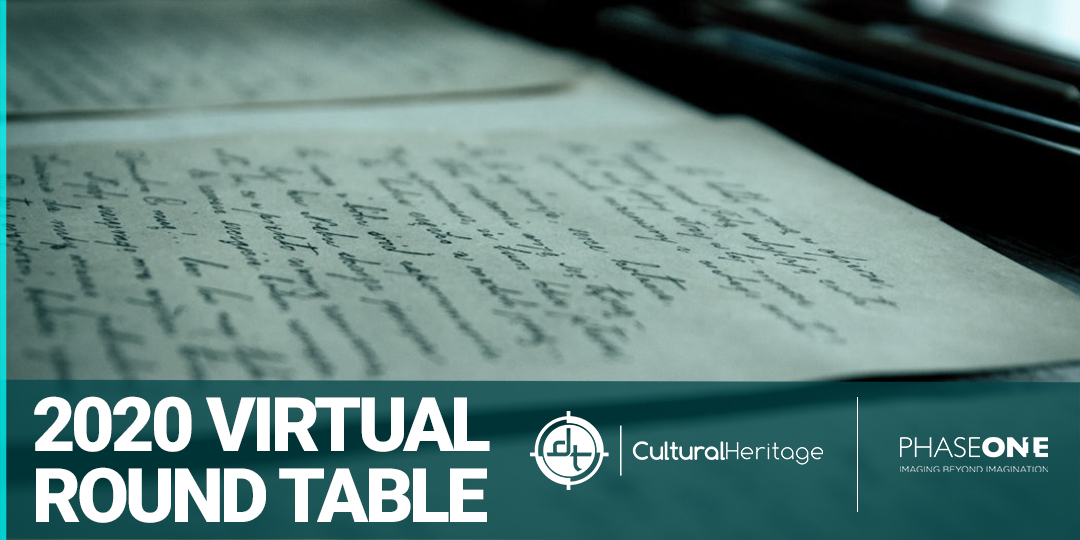
Our Cultural Heritage Round Tables began as small, one-off gatherings between Digital Transitions and our clients, as a formal way for us to gather the community’s collective feedback on their experience with our equipment and how we could work to improve it.
Since its inception, the event has grown from a single day at our office to three annual conferences in key regions across the United States. Attendees come from a variety of disciplines and institutions to demo new digitization technology, learn best practices, discuss workflow tips, and network with other cultural heritage professionals.
This year, we’re excited to announce our first ever Virtual Round Table, which gives cultural heritage professionals from around the world the opportunity to connect and learn about the latest advancements in digital imaging technology from the experts! We invite you to join us for a two-day-long event celebrating the cultural heritage industry and digitization.
The online event will be held online on October 15th and 16th. There will be morning and afternoon sessions, each followed by break-out sessions based on topic. Like our in-person events you will have the opportunity to view full length presentations virtually and network with your peers. Your Eventbrite confirmation email will include instructions to complete your registration for the webinar!
Also, don’t miss out on our DT Coding Series Certification Capstone course! This is the final session of our coding series. This course will offer an extended look at combining all of the knowledge gained in the previous online sessions, and graduates will receive a diploma certifying they have become coding experts – and it’s happening the same week as our round table! Learn more about our last coding series event here. Coding capstone participants will receive free admission to the Virtual Round Table event.
This Year’s Speakers & Topics:

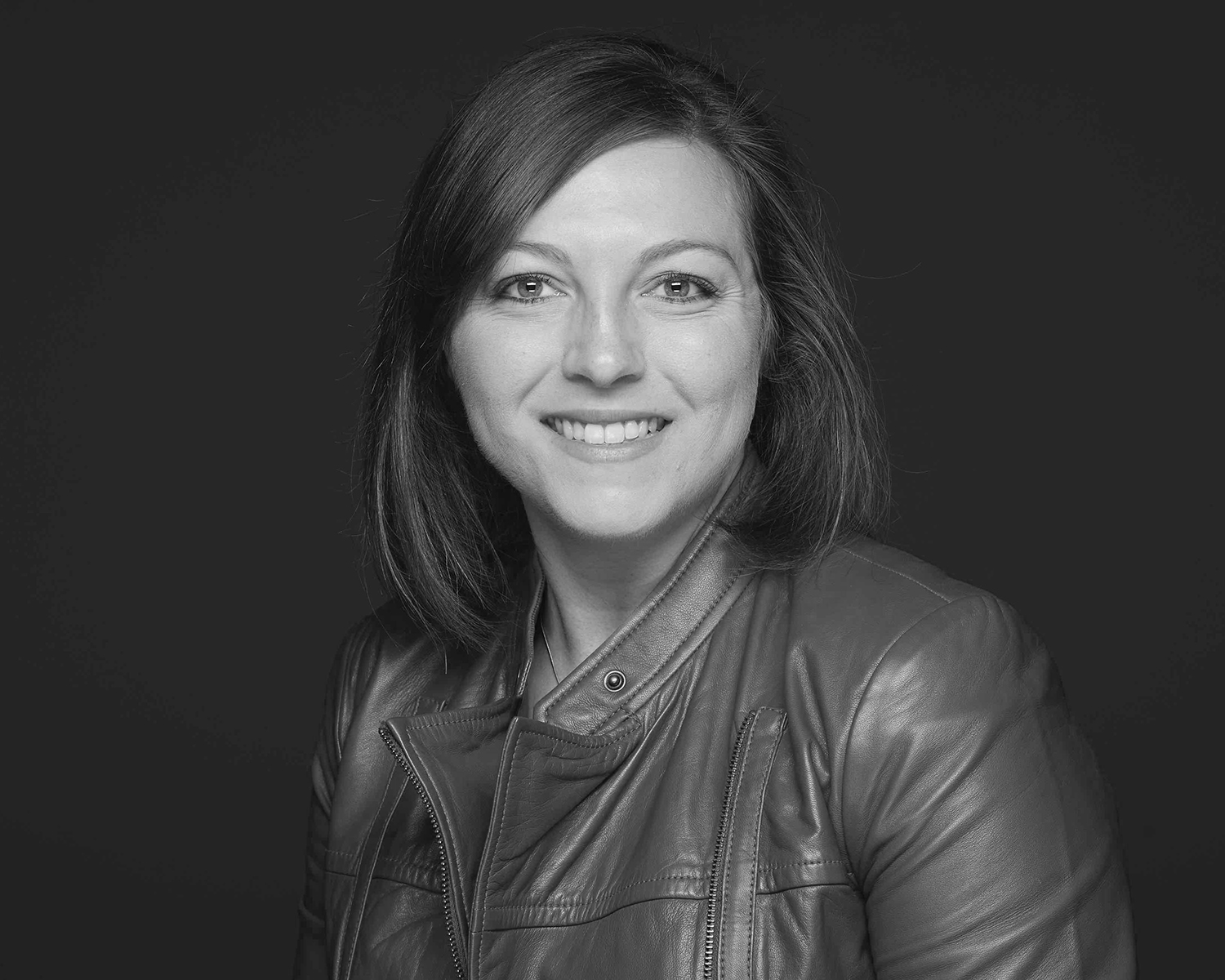
Early Color Photography at National Geographic: Our Journey from Idea to Funded Federal Grant Project
Sara Manco, Julie McVey, Renee Braden, National Geographic Society
The National Geographic Society Archives holds the largest collection of early color photography in the United States: over 15,000 glass plate autochromes, Agfachromes, Dufaycolor, Finlaycolor photographs. The collection includes not only natural color photographs from Greenland to Japan, but also several notable color photographic “firsts.” The majority of the collection is currently undigitized and unpublished. This presentation will discuss the process of taking our ideas for digitizing these unique cultural heritage objects from “what-if?” to creating a fully-funded federal grant project to conserve and digitize the entire collection in partnership with DTCH and the Center for Conservation of Art and Historic Artifacts (CCAHA).
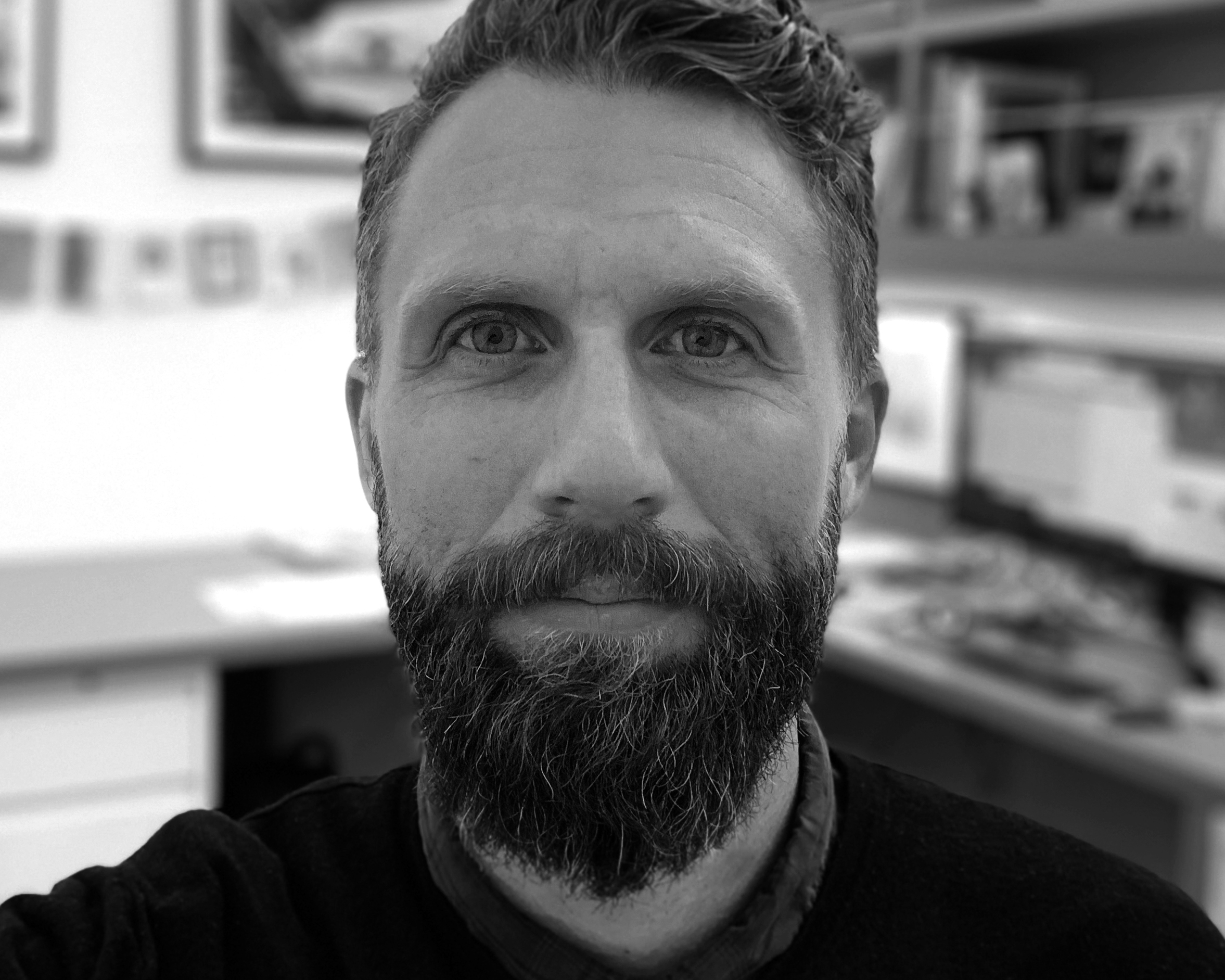
Ed Ruscha’s Streets of Los Angeles, Reel to Reel
Todd Swanson, Getty
This project digitizes a pioneering collection generated by one of the world’s most recognized artists. Ruscha’s collection includes several hundred thousand images, hundreds of contact sheets, and the complete production archive for the artist’s canonical book Every Building on the Sunset Strip (1966). These materials have been previously unavailable for research, scholarship, or exhibition and are a unique record of Los Angeles’s built environment’s gradual evolution. Ruscha’s street shoots are stored on motion picture film rolls and presented unique digitization challenges, which will be discussed in this presentation. Learn more about this project here.

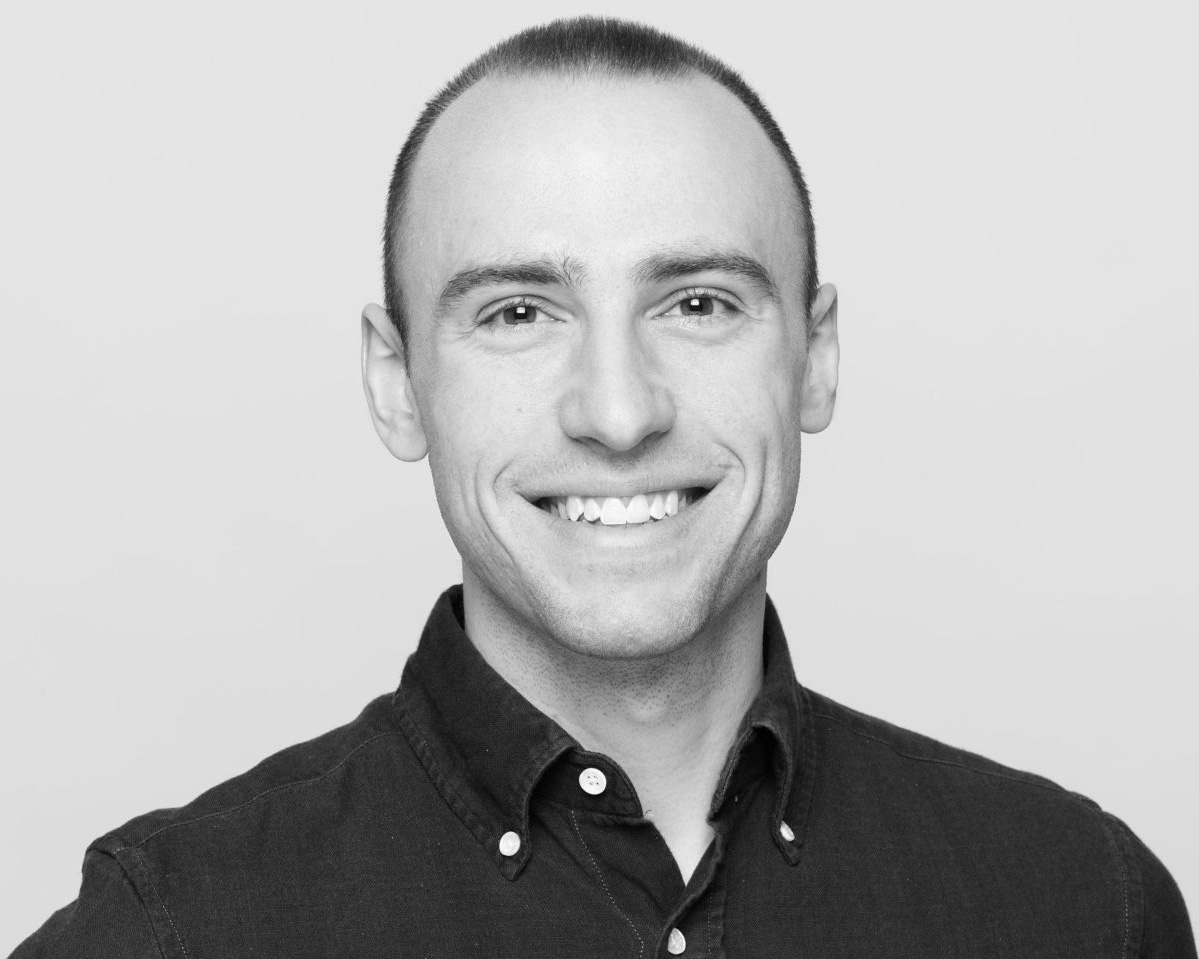
Reproducing the Negative — Rendering Considerations and Solutions
Arnab Chatterjee and Spencer Zidarich, Digital Transitions
Best practices for digitizing film and other transmissive media have been well established through FADGI, Metamorfoze, and (upcoming) ISO guidelines. While they are technically demanding at the highest level, the capture process is relatively straightforward procedurally. However, there are certain variables in both capture and processing negatives that can greatly impact image rendering, even if these guidelines are met.
We will discuss two such variables, and approaches to control them. First, we will explore appropriate lighting considerations for the proper rendering of film as a 3-dimensional physical object, and then examine appropriate processing considerations for the rendering of film as a container of image content.
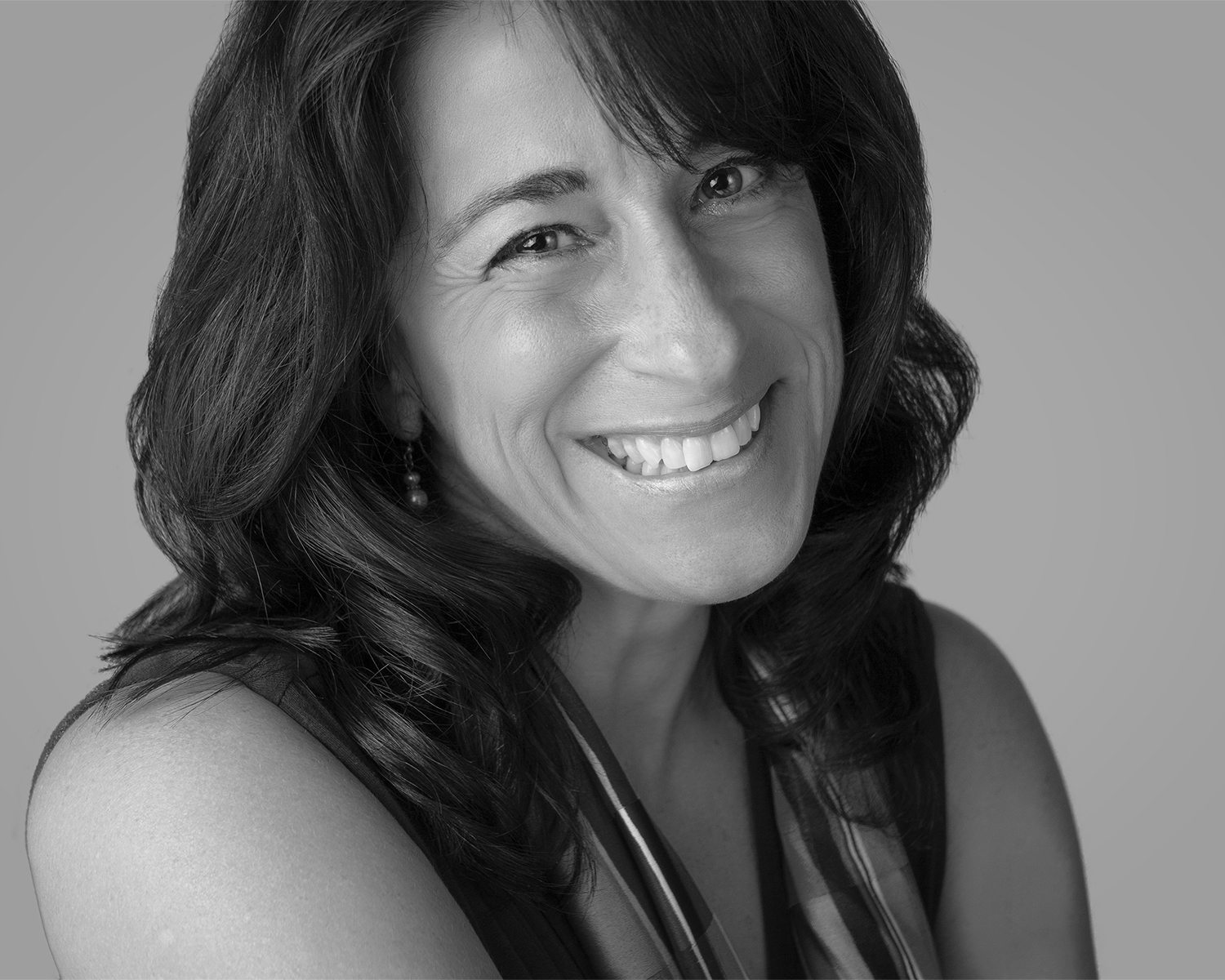
De-mystifying Grant Writing, Part 1: Creating Compelling Narratives That Funders are Excited to Support
Jan Peppler, PhD and Independent Consultant
The heart of every grant proposal is the narrative questions that ask you to explain why you need money and why you deserve the funding more than another organization and project. This is where novice grant writers struggle and seasoned writers can fall into a trap. While writing does take practice and a lot of editing, it is actually not that difficult if you know where to begin and how to follow through. This presentation provides insight into what a funder wants and how you, as the grant writer, can provide it in a way that is inspiring. Learn how to present your case professionally, while also compelling the funder to care and become invested in your success. You will come away from this presentation feeling energized, excited, and more determined than ever to share your story in a way that creates financing for the projects you believe in.
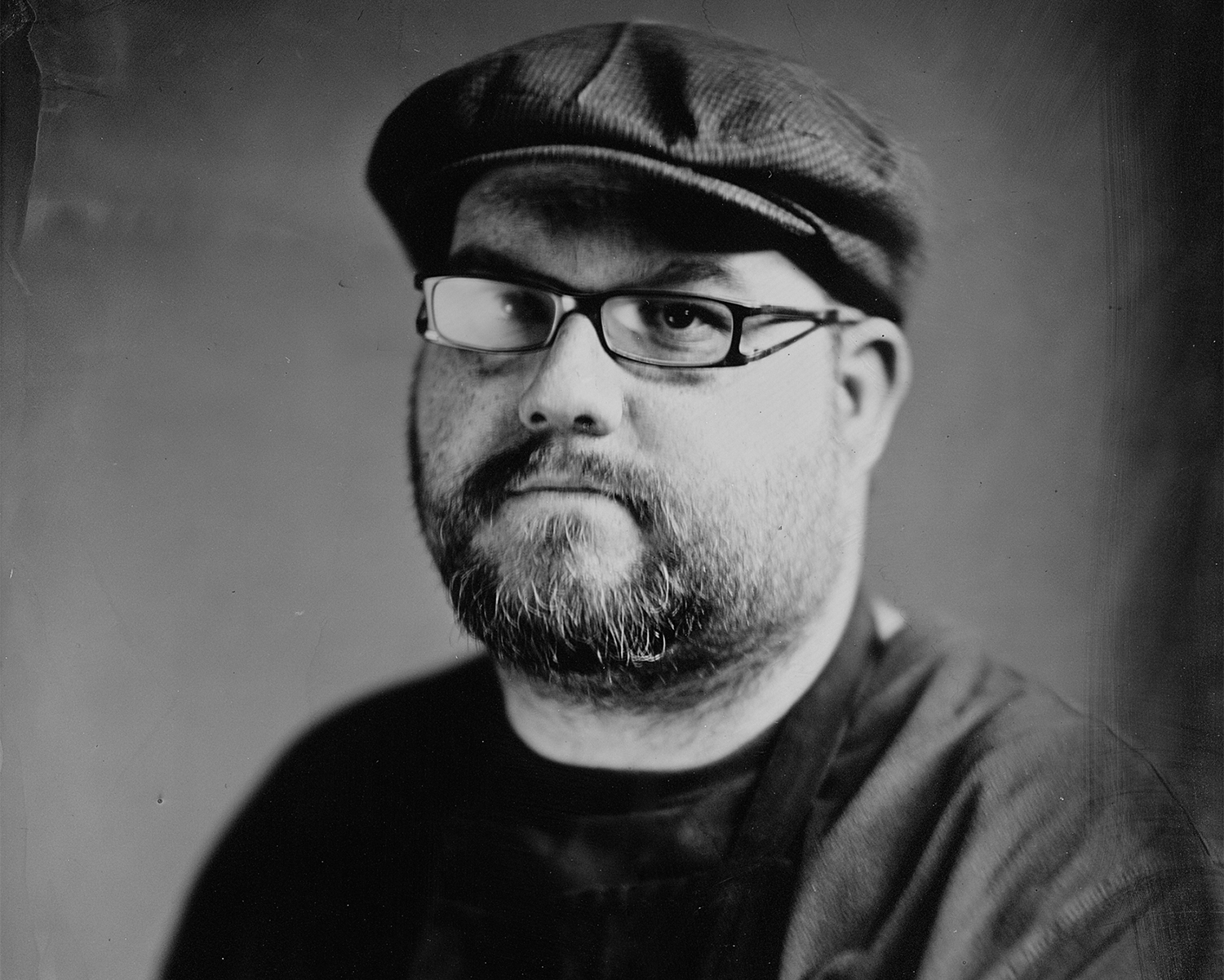
De-mystifying Grant Writing, Part 2: Finding Opportunities, Breaking Down Requirements, and Winning
Brady Wilks, DT Heritage
Sometimes making a project successful or ramping up the next big idea is limited by a lack of funding. Winning a grant is a great way to give your project or idea the financial boost it needs… but where are they and how do we win?
In this presentation, Brady will cover some of the basics in finding grant opportunities, variations in grant writing processes, and understanding the differences in grantor’s requests. Participants will learn about methods on how to approach the process of writing a grant, knowing what approach to select, and how to fulfill requirements while still telling a good story.
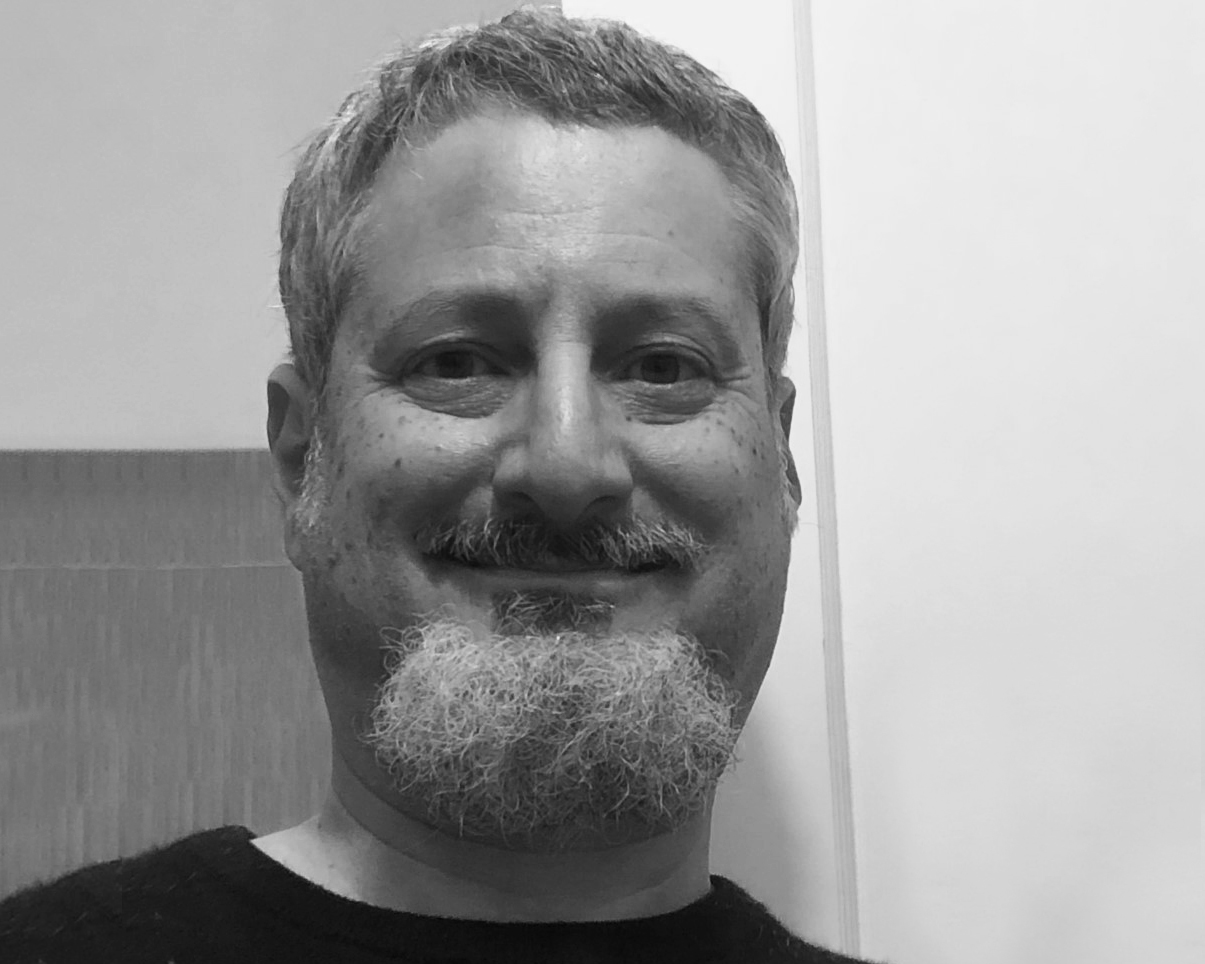
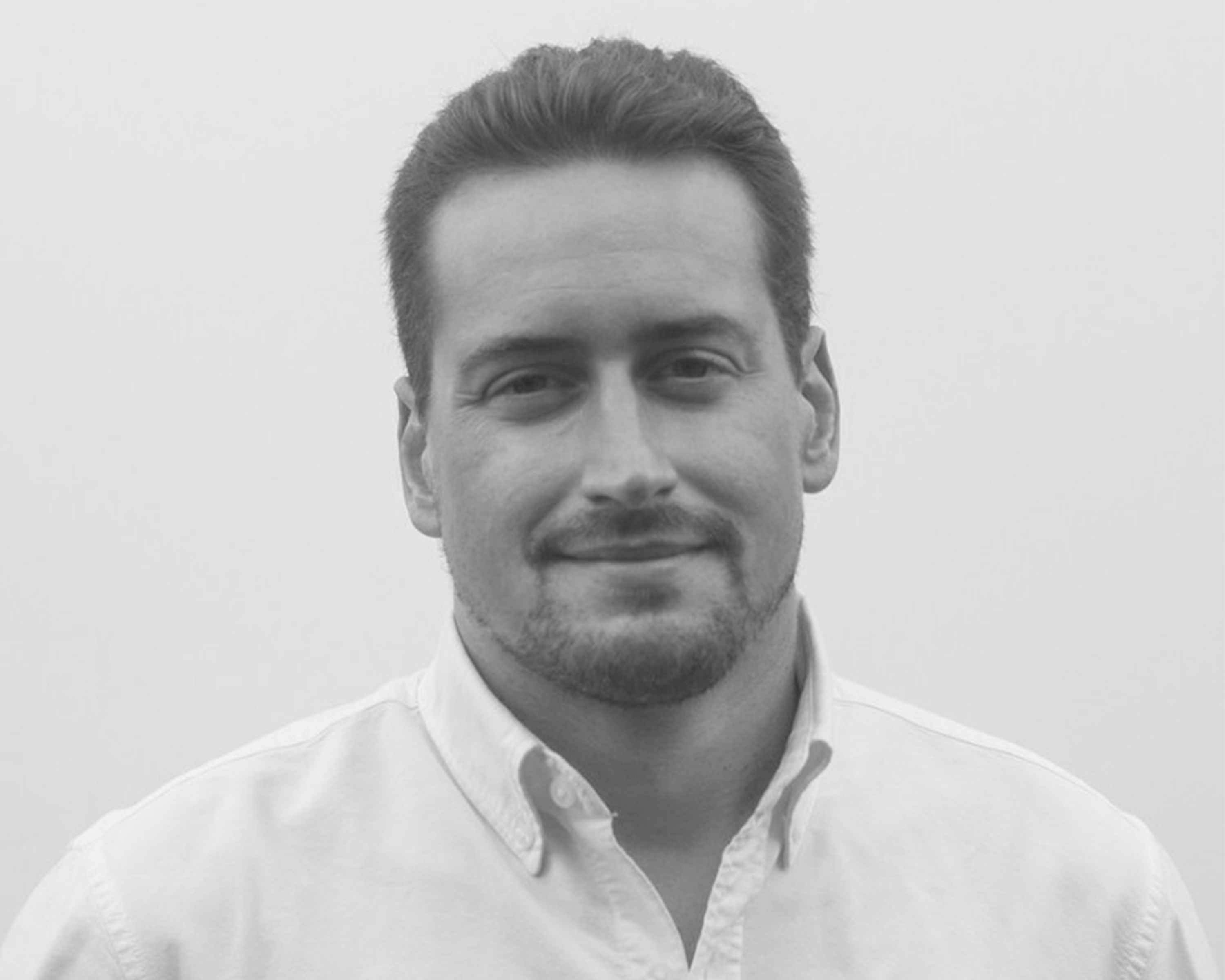
Collaboration to Exhibition: Harvey Milk Archives Take Flight
Christina Moretta and Mike Levy, The San Francisco Public Library
Kai Caemmerer, SFO Museum at the San Francisco International Airport
As two San Francisco city agencies, we present a case study on the collaboration between San Francisco Public Library (SFPL) and SFO Museum at the San Francisco International Airport for the exhibition Harvey Milk: Messenger of Hope, located in Harvey Milk Terminal 1. They will share their use of SFPL’s Digital Transitions Cultural Heritage system in digitizing archives and original photography from the Harvey Milk Archives-Scott Smith Collection, Hormel LGBTQIA Center for exhibition at the Airport. They will also highlight the subsequent exhibitions, projects, and opportunities that arose from this initial partnership.
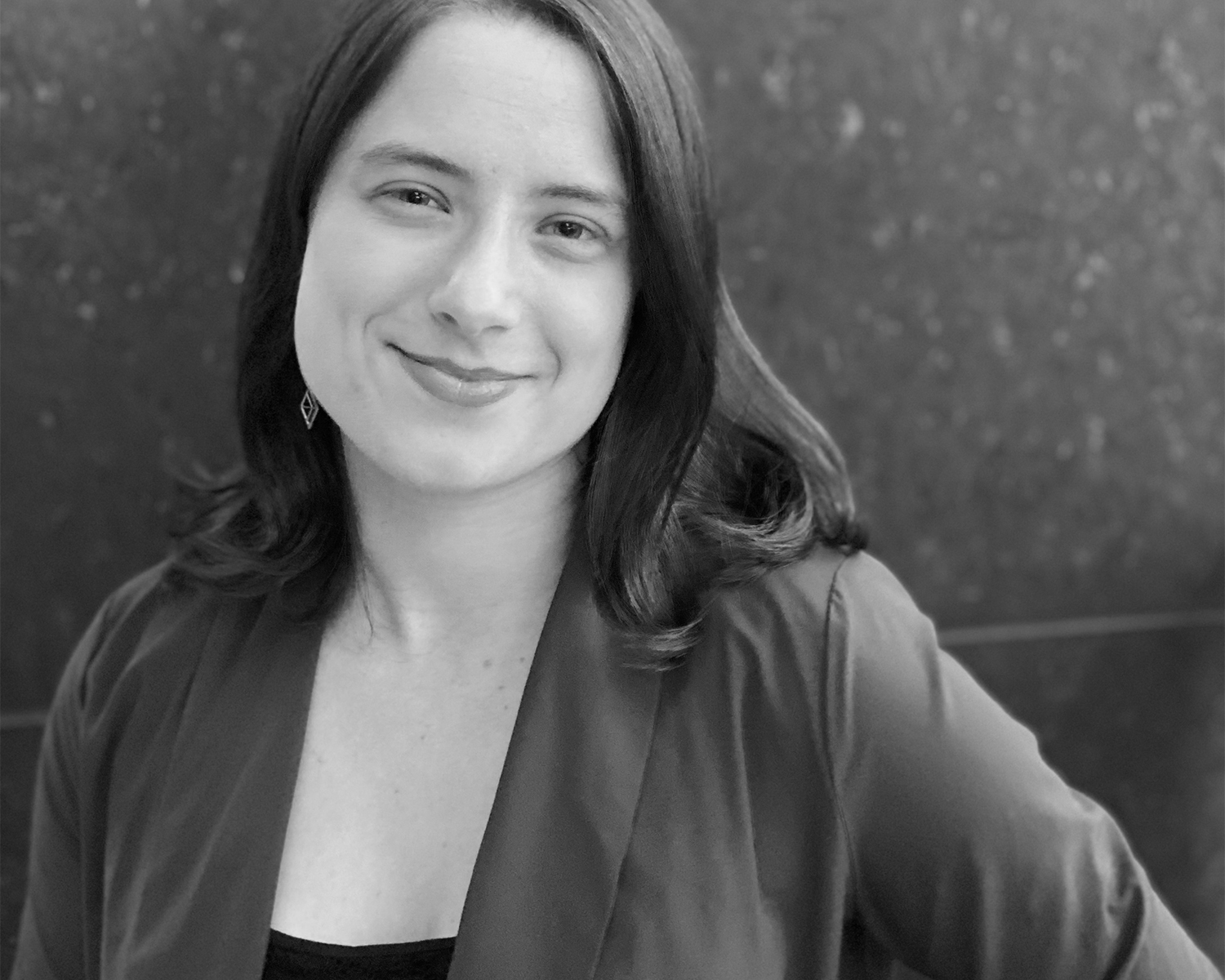
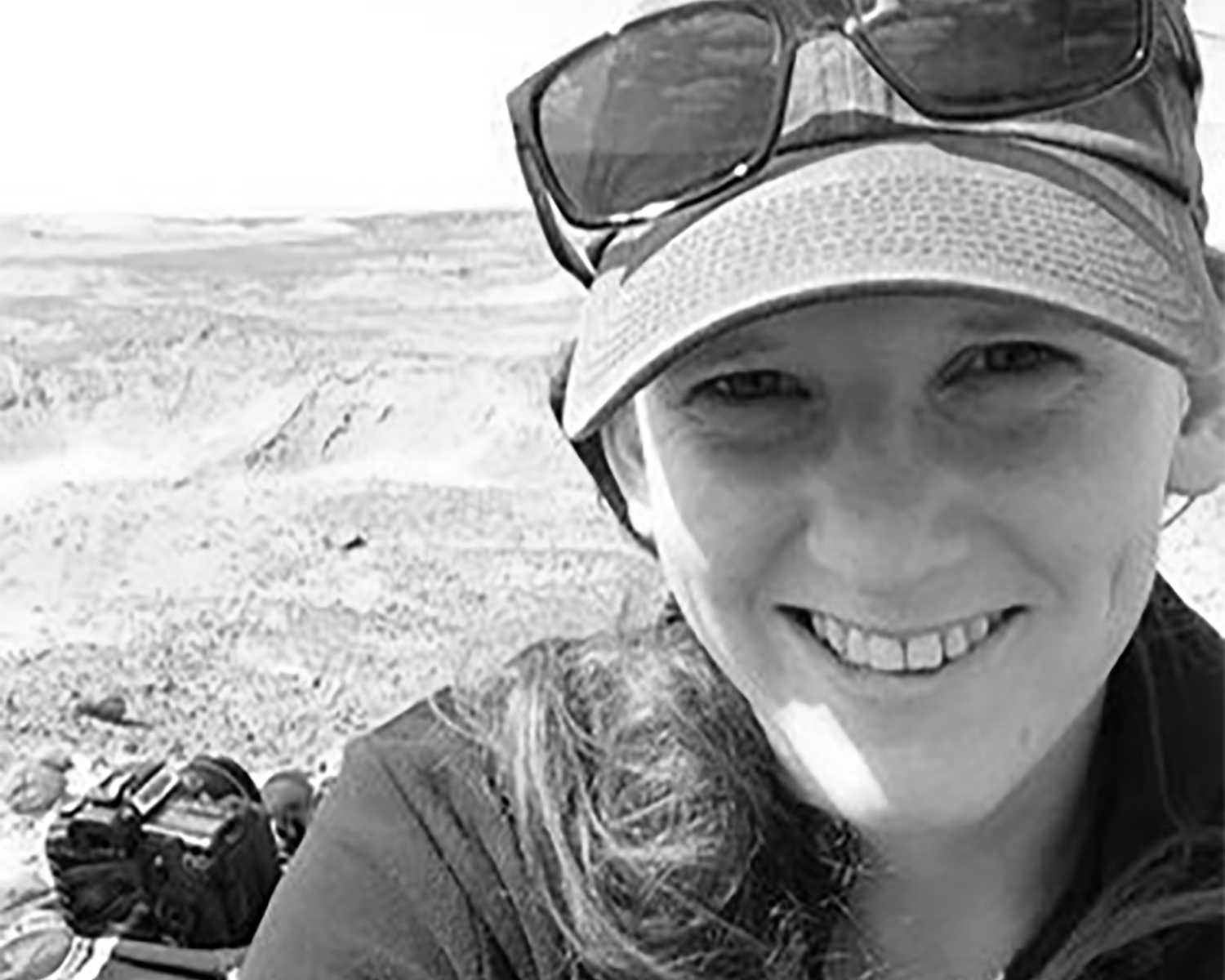
An EPICC Project: A Partnership with the National Museum of Natural History’s Paleo-Biology Department
Hannah Storch, DT Heritage
Holly Little, Smithsonian Institution
DT Heritage has partnered with the Smithsonian Institution National Museum of Natural History (NMNH) Department of Paleobiology and the Smithsonian Institution Digitization Project Office (DPO) on a mass digitization project in support of the Eastern Pacific Invertebrate Communities of the Cenozoic (EPICC) Thematic Collections Network. These specimens serve as digital records of the collection and diagnostic tools, enabling scientists to better understand how marine ecosystems have responded to events such as the transition to the modern icehouse climate, the Paleocene-Eocene Thermal Maximum (PETM), and more. The EPICC project began with a pilot project in 2017, followed by two production phases in 2017-2018 and 2019-2020, which together resulted in the digitization of over 500,000 marine invertebrates and their specimen labels. As this project has progressed, DT Heritage has found ways to increase efficiency and optimize workflows while maintaining museum standards and best practices.
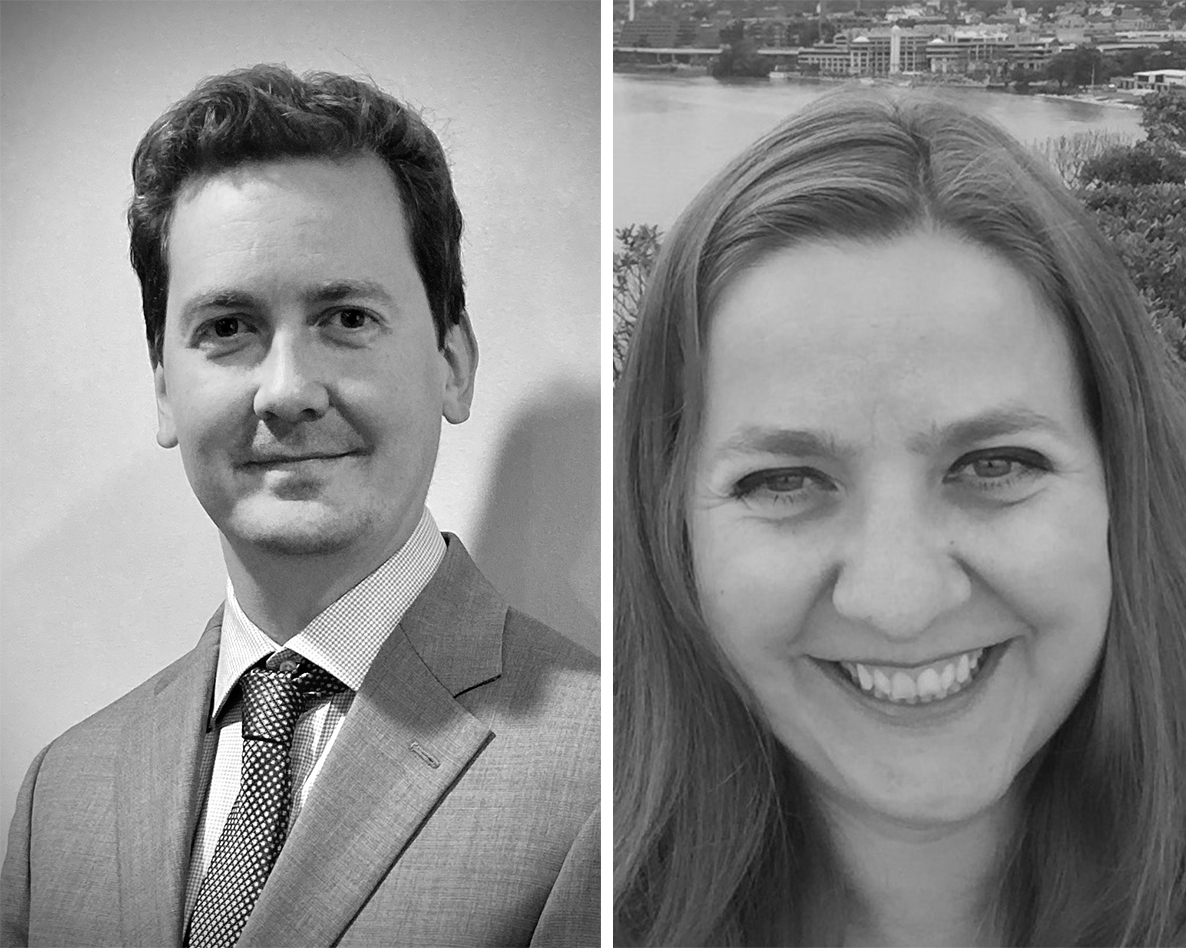
New Space, New Capabilities: USHMM’s Archival Digitization Project and the Sobibor Perpetrator Collection
Justin Donaldson and Julie Schweitzer, United States Holocaust Memorial Museum
Since 2015, the United States Holocaust Memorial Museum’s Archival Digitization Project has generated over 1 million images, helping to preserve and provide access to our personal paper collections. This year the imaging operation moved into a custom-built digitization suite, which will allow not only increased image output, but also a wider variety of document types. The project’s workflow involves staff from multiple departments who arrange, describe, and provide conservation treatment for documents before they go in front of the camera. Our team’s close collaboration made it possible to rapidly digitize a recent important acquisition, the Sobibor Perpetrator collection. The collection includes newfound photographs documenting the layout and staffing of the Sobibor killing center and the implementation of the Holocaust. Digitizing this collection proved to be a unique challenge, but our teamwork enabled us to publish the collection online just before the pandemic upended our routines.
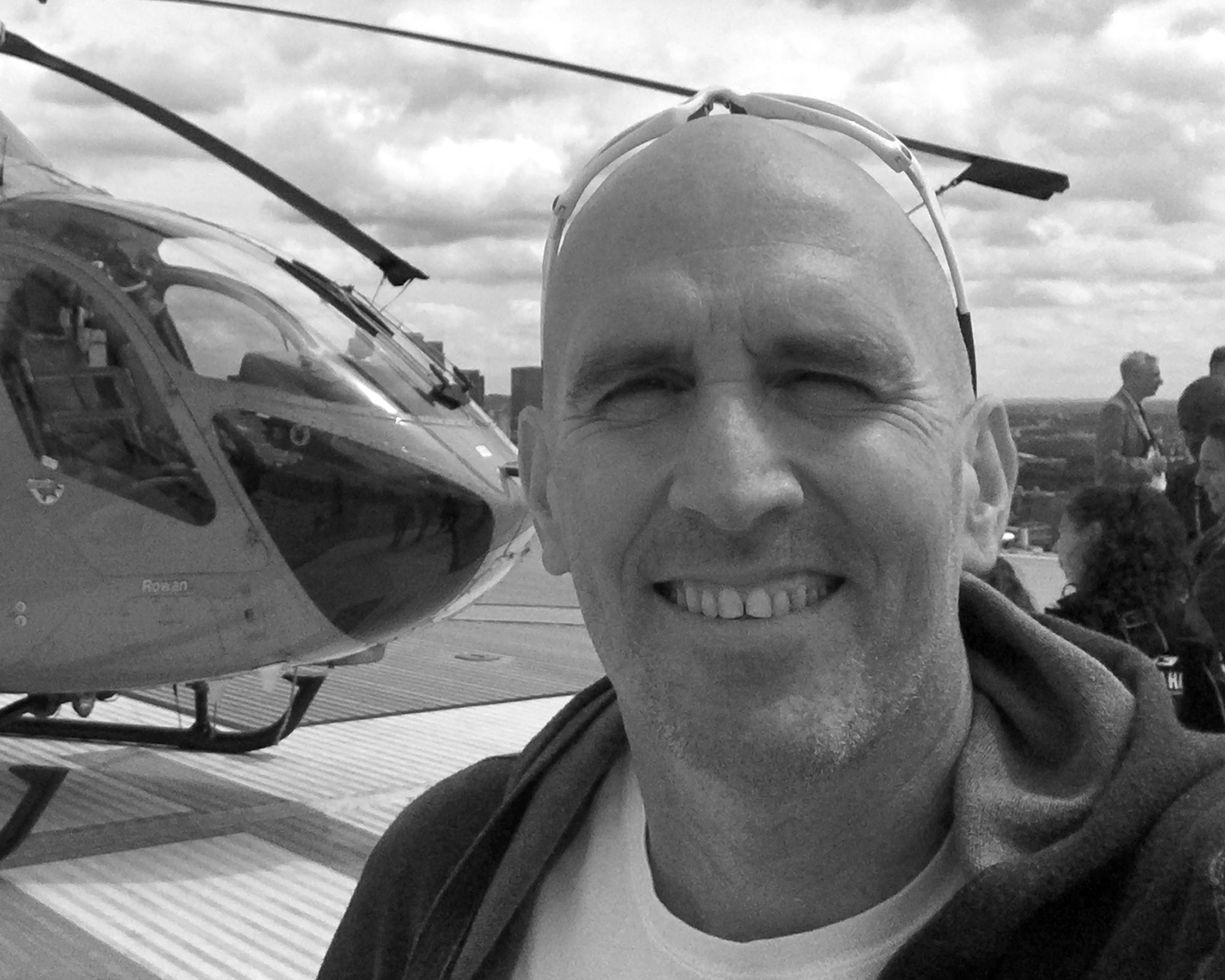
The New Phase One iXH 150MP and 72mm MkII lens
Yair Shahar, Phase One Industrial
Last year the Cultural Heritage portfolio of products from Phase One was moved to their Industrial Division so that it could receive more dedicated and specialized allocation of R&D, sales and marketing resources. The first major result of this has been the release of the Phase One iXH 150MP and the Phase One 72mm MkII reprographic lens. Yair will discuss both of these solutions in detail, including their design intentions and test images. He will also provide some insight into Phase One’s CH product roadmap.

DT and DT Heritage New Products and R+D Preview
Doug Peterson, Digital Transitions
It’s cliche at this point to say that 2020 has accelerated previous trends, but at DT and DT Heritage, this could not be more true. We were already investing in custom coding for workflow improvements, artificial intelligence for enriching collections, and higher image quality in our capture systems, but the Remote Renaissance spurred by COVID-19 has pushed us to move even faster on those projects. During this presentation we’ll discuss three such projects. First, a new next-generation OCR engine that better handles handwritten materials, faded historical documents, and poor condition materials. Second, an online platform for remote QC of OCR, which allows CH personnel working from home to remotely contribute to the correction and approval process. And third, Pixel Flow 2.0, that our DT Heritage team is using to streamline post processing – vital as we’ve ramped digitization services more than 300% over the past year.
